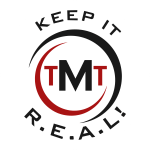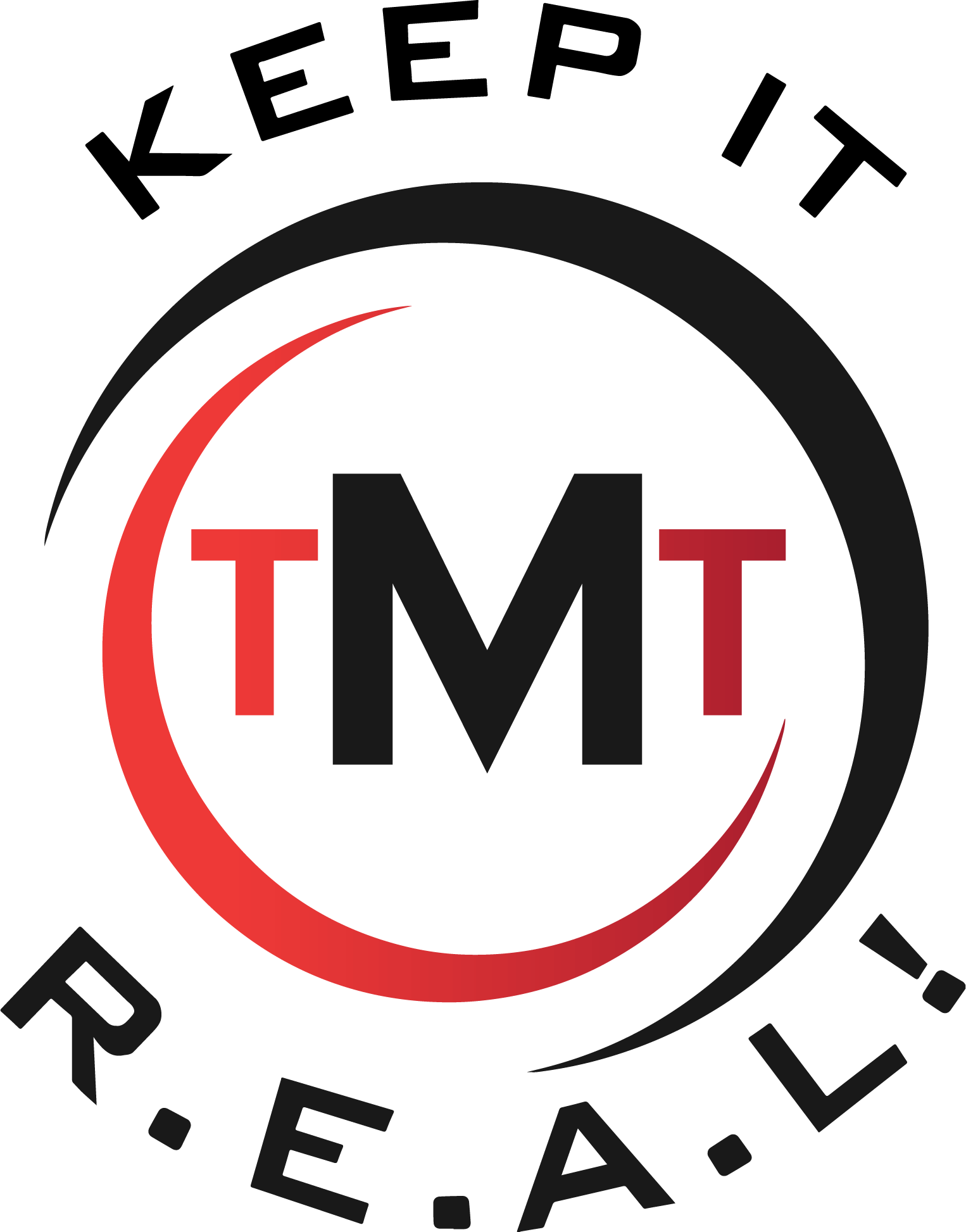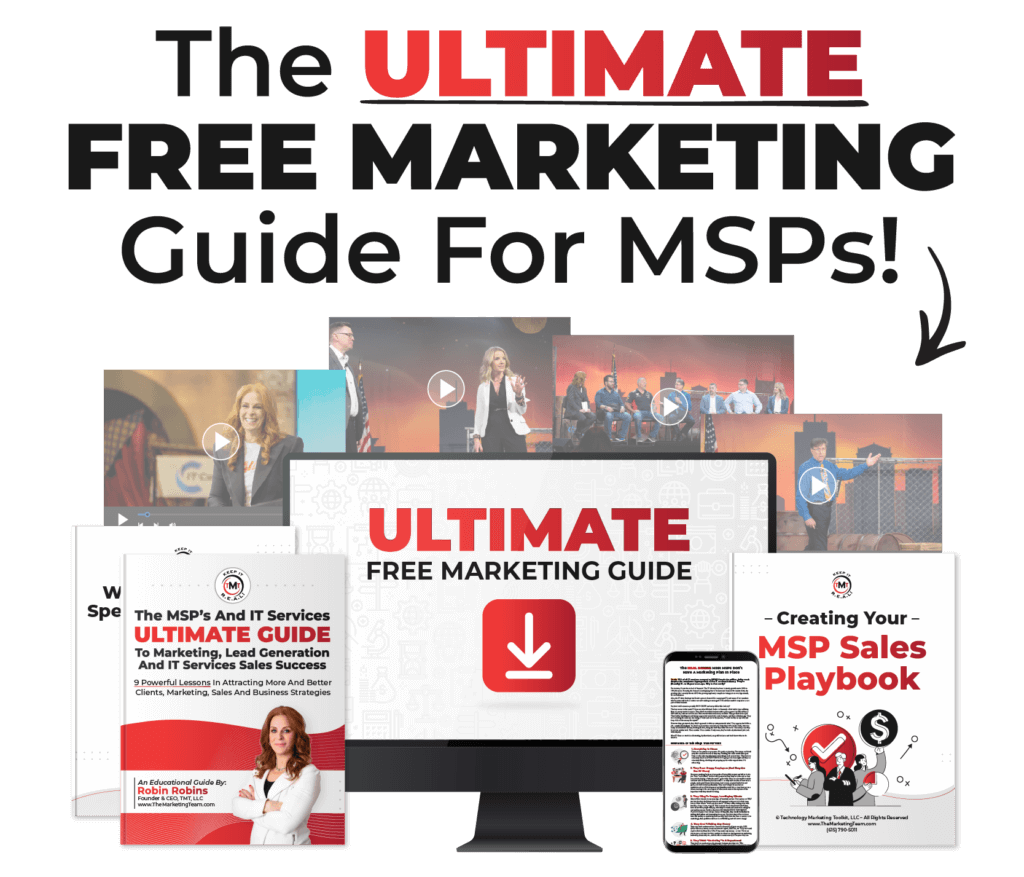Without a doubt, OBJECTIONS are the curse of every sales professional. You have a perfectly good prospect with the ability and the money to buy and who can, without a doubt, benefit from what you’re selling – maybe even desperately NEEDS what you’re selling – but who stubbornly refuses to give you a yes. So, what should you do about that?
I’ve always argued that the best way to “handle” objections is in advance BEFORE a prospect even utters them. Otherwise, you’re arguing with them. “Your price is too high,” they say. No matter what you say, you’re arguing. “Too high? Too HIGH? Compared to what? That dum-dum incompetent nincompoop who we compete against? Are ya stupid? Everyone knows you get what you pay for… so you’re too stupid to see the VALUE in what we do?”
How do you get ahead of this? By knowing in advance what the most common objections to buying are and then creating marketing materials and verbal “sound bites” in your sales presentation to bring them up and overcome them before they are uttered.
The good news is that there are no new objections. Sure, you’ll occasionally get some screwball giving you a nonsensical reason for not buying, but for the most part, you’ve heard them all, and they fall into one of these six categories:
1. We’re fine with who we have.
2. Your price is too high.
3. I need approval from my boss/spouse/business partner/God.
4. You don’t offer something I want.
5. Not now, maybe later.
6. I need to think it over (which is actually the same as #5).
You’ll find it difficult to develop a sales objection that doesn’t fit into one of those categories. To be clear, these are SALES objections once you get a prospect talking to you – prospecting objections, such as “We’re fine” or “Not interested,” are not objections I classify as SALES objections. Those are prospects who are simply not interested in what you’re selling. Move on and find someone who is, or design a marketing campaign/offer that will override that – but that’s for another issue. Often, the same objection (price, think it over) is articulated in several ways, but it’s still a price objection or a think-it-over objection at its core.
Now, here’s the process for building systems to overcome objections in advance:
1. Write down ALL the objections you can think of. As I said, the above six are the majority you’ll hear, but if others pop in their head up with any frequency, write them down. For example, you might write all the ways the SAME objection is articulated. I recommend documenting them ON PAPER because you want to get them out of your head and organized.
2. Write out a response to the objection. WHY is their objection invalid? Spend some time here and really think through the argument. Imagine you’re on trial defending yourself on a murder charge. You’d want EVERY piece of evidence you could get to PROVE your innocence – not “good enough” answers and a half-baked defense.
3. Develop sales tools that enhance, demonstrate, and support every response. For example, one document could be/should be a FAQ document. Take every objection you hear and turn it into a question, then answer the question. Next, create a book of testimonials that speak directly to the concern your prospect has. And finally, engineer your sales presentation to bring those items up EARLY and IN ADVANCE of the prospect saying them.
Example: if you know price is going to be a concern, in your Shock-And-Awe materials add a FAQ document with the first question being “I see that your fees are a bit higher than most of the other IT firms in [City]. Why is that?” Then talk about how much more you put into the service that naturally drives up cost and delivers superior service. Maybe you’re NOT the most expensive so you can point that out too. Add a testimonial under that answer in your FAQ document that supports your argument, and you’ve got a VERY powerful sales tool (see below for an example).
Next, bring the price up early in the sales process.
Maybe not when booking the appointment, but certainly after you’ve understood their needs and goals. After you’ve “sold” them on trusting you, which is the first sale you need to make, you can say, “Before we move forward, I want to let you know we’re not the cheapest IT firm in town, and while I cannot give you a definitive quote on what our fees would be before doing a full assessment of your network, I can tell you that clients of ours that are about your size spend somewhere in the range of $1,000 to $2,000 per month on service and support. Does that seem totally out of the question for you?”
By bringing it up EARLY, you can address it and, if necessary, disqualify that prospect BEFORE wasting a lot of time pulling together a proposal.







